Avoid Silicone-Caulk Failures
Silicone caulk has its advantages, especially in certain applications, but other sealants are often better choices.
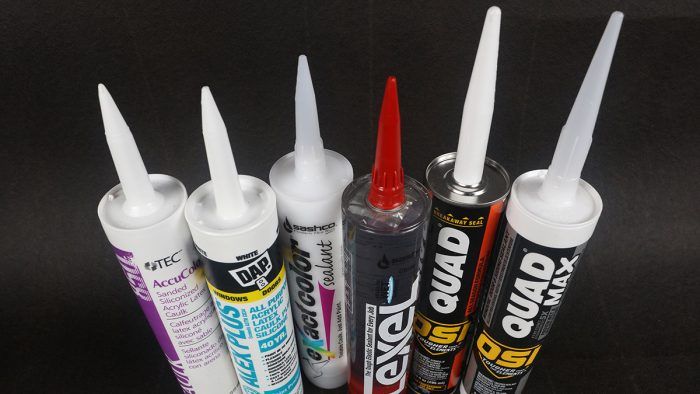
As a remodeling contractor, I’ve seen many silicone-caulk failures both indoors and out. And trying to remove old, existing silicone to get new caulking to stick is not easy. Is there any type of project where silicone is still the best choice? What are some alternatives you would recommend?
—Dave, Shenandoah, Iowa
Randy Williams, builder and energy auditor, replies: Silicone sealants have their place. Silicone is tolerant of UV rays, able to handle high temperatures, and generally food safe. It is still commonly used in food-preparation areas and as a structural glazing sealant in windows, and most tile and stone manufacturers still recommend many brands of ASTM C920–classified, 100% silicone-based sealants. That said, there’s almost always a better alternative.
As you are well aware, paints, tapes, other sealants, and silicone itself will not stick to silicone. All old silicone, including any thin residue, must be removed from the surface before a new sealant can be installed. This often requires scraping and possibly chemical or heat treatment along with a lot of elbow grease. Mediocre adhesion, poor paint compatibility, and the difficult and necessary process of having to remove every trace, especially on porous surfaces like natural stone, are major reasons why I choose one of the alternatives whenever possible.
My preference for indoor painting applications is an acrylic latex caulk like Dap’s Alex Plus because it is inexpensive and easier to tool and clean up. For tile jobs, I use TEC’s AccuColor siliconized sanded latex caulk, which is repairable and available in colors that match TEC’s Power Grout, which is the grout I use most often. When I need to create a custom color indoors and out, I use Sashco’s eXact Color caulk, a water-based acrylic product that allows me to mix in the very same latex paint I’m trying to match.
For more severe weather protection, polyurethane sealants work well, but I prefer synthetic rubber products like Sashco’s Lexel and OSI Quad, which are very impressive both in how they adhere to other materials and in the amount of joint movement they allow before failure—some can stretch more than 400%. However, because of how sticky they are, they can be tricky to tool and will require something stronger than water to clean up. I occasionally use a polymer adhesive such as OSI Quad Max. Sometimes called “hybrids,” these adhesives are usually more user-friendly and outperform many other products in a wide variety of applications. The downside is that one tube can cost $14, compared to $4 for a tube of Alex Plus.
These are just a few of my favorites. The location of the job and the product availability from nearby building material suppliers often dictates the exact brand I choose.
From Fine Homebuilding #318
RELATED STORIES


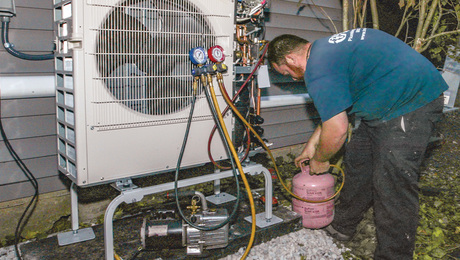
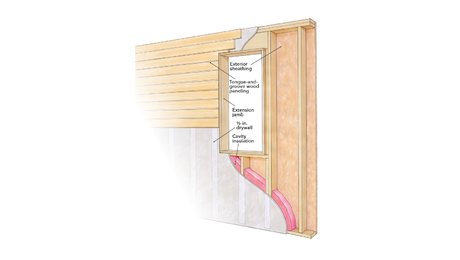













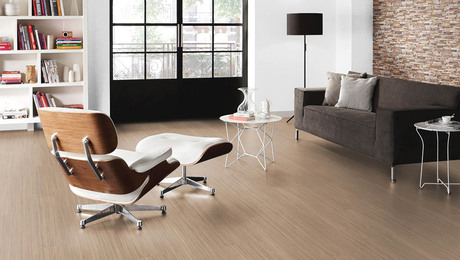
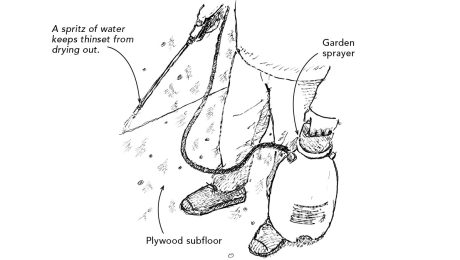
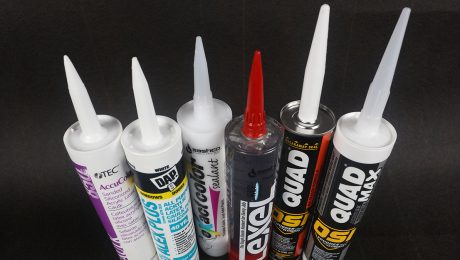










View Comments
When would you use osi quad vs psi quad max?